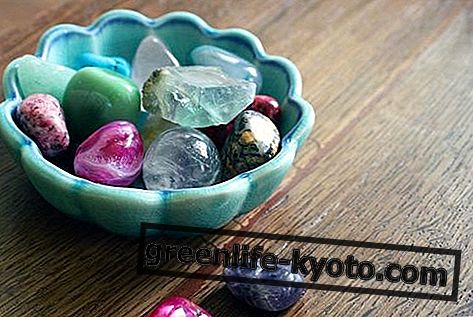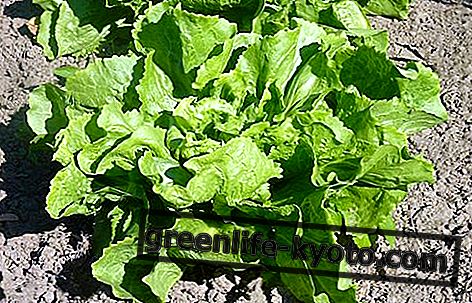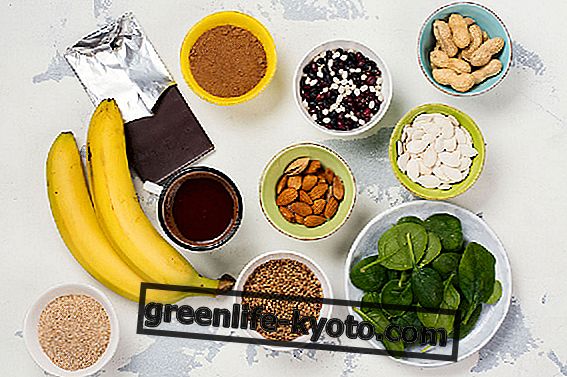
We all know the apricots, very tasty orange fruits, from the Rosaceae family, which bear fruit between spring and summer depending on the variety.
In addition to enjoying the fruits, many of us have a tree in the garden, because in addition to offering us a nutritious and delicious fruit, the apricot tree also has a decorative flower before fruiting. But this article concerns neither the fruit nor the flower of the apricot, but the armellina, or in seed contained within the hard kernel of the fruit of the apricot .
In the good old days it was used more extensively and the collection and consumption of armelline were part of the local custom and of the Italian gastronomic culture, especially that of the north-east (not for nothing the term armellina is of Venetian origin).
Nowadays it is increasingly rare to find them on the market, very few of them consume it and in general its use is limited to confectionery, in which it is used because of the rather strong bitter taste.
Amygdalin in the armellina
In fact, the bitter but palatable taste of the armellina justifies its presence in various liqueurs, amaretto in the first place, and in the whole industry and the confectionery craftsmanship in which almond paste products are produced.
While the almonds soften the bitterness of the armellina, the latter pleasantly accentuates the bitter aftertaste of the first. There is a reason if over the centuries the consumption of armelline has been limited to the sweet and aromatic one: the presence of amygdalin, a cyanogenetic substance, that is able to generate hydrocyanic acid, highly limits its consumption, as the cyanide acid, containing cyanide, it could be toxic above certain thresholds, especially for children .
Therefore, since it is not a commercially exploitable food, due to these limits in terms of doses, armelline consumption has disappeared .
The beneficial properties of the armellina
When dealing with the issue of armellina properties, we need to be careful, because many statements have been made about possible positive effects against cancer .
In fact, amygdalin is also sold as a medicine under the name of Laetrile, just to cure certain forms of cancer. But while scientific studies are still in progress, what is certain is that, in the words of Paracelsus, it is the dose that makes the poison.
In fact, if at certain doses it can help cure cancer, it can be toxic to other doses, which is why it is not recommended for you to use it yourself. Each country has its own legislation, the doses that are legal in Central Asia, where the armellina is very much consumed, are illegal in the US.
On the other hand it must be said that armellina also has important doses of omega 3 and omega 6, it also contains highly antioxidant fatty acids, very high percentages of proteins and most of the essential amino acids .
The presence of vitamin E is also significant, a name which identifies a group of 8 substances also particularly rich in antioxidant properties. Therefore, at the right dose, the consumption of armelline is very good for the skin, prevents the cardiorespiratory system, improves the immune system, helps hair growth, fights bad cholesterol .
Armellina, virtue lies in moderation
To conclude, we can only recall once again the warning of Paracelsus to extricate himself in this polarity in the world of medical and nutraceutical research. On the one hand the amygdalin, linked to the consumption of armelline, considered a remedy for cancer, on the other hand it is reported as a poison, complete with a list of effects from intoxication : nausea, headache, dizziness, etc. Both extremes are true and none of them completely.
The important thing is not to jump lightly into experiments based only on the hearsay or on the information (always and in any case partial) that are found online. Information and knowledge are two completely different things .













